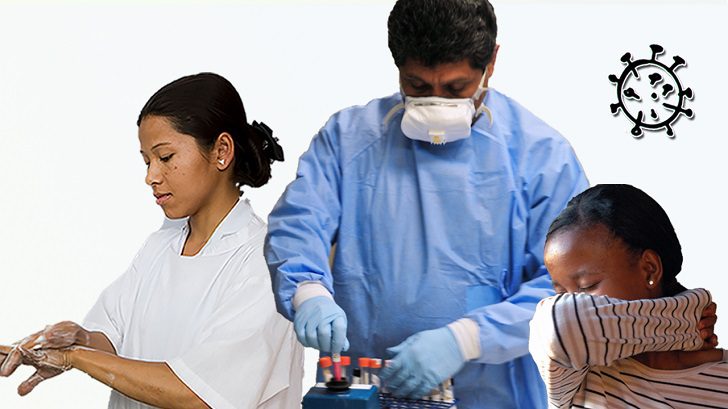The first study to look at COVID-19 transmissions across Europe, cited by education secretary Gavin Williamson, reveals less evidence of the virus spreading through schools. The study aimed to provide much-needed backing for the government’s intentions to reopen schools to all students in September 2022, which ministers asserted was a “national priority.”
The European Center for Disease Prevention and Control (ECDC) studied 15 European nations. It concluded that there is no evidence “suggesting that reopening schools have been connected with large increases in community transmission” in any of them.
Statistics

Nine of the investigated countries said they could not locate any outbreaks. Four of them reported no cases at any schools, while five said they had found isolated cases. However, there was no indication of any secondary transmission among the latter.
Clusters of viral infection had been found in six different nations, but they were all few in number. For all of the settings under study, only one reported more than ten occurrences in the school, which the authors refer to as “the exception rather than the norm.” “Secondary transmission in schools, either from child to child or from child to adult, was regarded to be infrequent,” the study’s conclusion reads.

“Countries that reported that they had not noticed an increase in instances in these settings by the time schools had reopened at the time of the survey. “Country responses indicate that, to date, schools in the EU/EEA and UK have not been a significant COVID-19 epidemic environment.”
Reports from another study
A new study conducted by the Joint Biosecurity Center and Public Health England supports this finding. This discovered 60 confirmed clusters in British schools between June and the end of July. The majority of the kids, it was also discovered, did not contract the virus or spread it to other kids or adults.
According to the ECDC investigation, even in cases when youngsters had contracted the virus, none of them had ever been exposed to an adult. According to the authors, the data strongly supports their claim that adults in school settings were not primarily exposed to the coronavirus through children.

The study also emphasizes the lack of data supporting the idea that transmission between professors and pupils is dangerous. While transmission between adults and children has been observed in households, there is minimal proof of this in learning environments like schools.
The household was discovered to be the most specific location in Ireland for the virus to spread among children. While no child cases had been connected to school outbreaks, the most common transmission environments were workplaces, travel, and residential establishments.
Conclusion
Williamson claims that the study, one of the most extensive COVID-19 studies yet conducted, supports the government’s decision to reopen all English schools in September because it is clear that there is little evidence of viral transmission in these settings.
He continued by stating that parents’ optimism for their kids’ return to school the following month was building. Nick Gibb, the minister of education, rejected the plan when Anne Longfield, the children’s commissioner for England, and the National Education Union called for regular COVID-19 testing in classrooms. Speaking to Times Radio on Sunday, he stated that he opposed routine testing of educators and students with no signs of infection.
